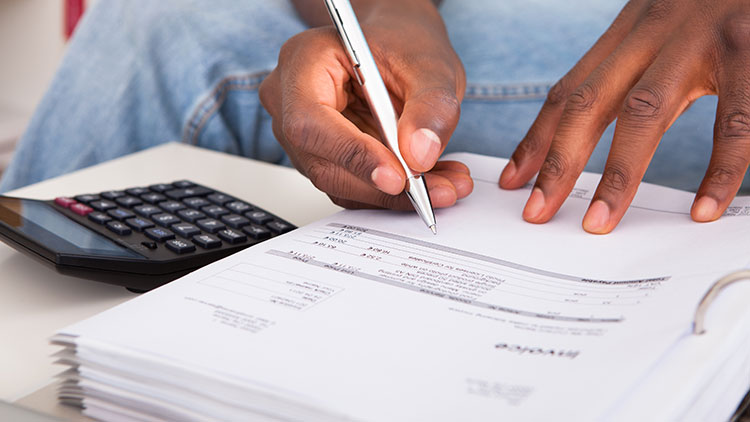When dealing with debt, it’s important to recognize that there are various types and they won’t always result in the same outcome. For example, going into debt for school or business purposes or taking out a mortgage to buy a home could be considered investments that might yield greater financial earnings for you in the future. This kind of debt may be costly in the short term but could potentially end up paying for itself in the long term if it’s an investment in an asset such as education or real estate. However, debt that isn’t likely to make a future return is simply a financial burden in both the short term and the long term. This is the kind of debt that must be managed carefully to avoid letting it quickly spiral out of control.
Debt Basics



No matter how much or what kind of debt you take on, it’s essential to have a solid repayment plan. Since most interest on debt compounds over time – that means owing interest on the interest applied to the loan – a small amount borrowed can quickly increase. When handling debt, it’s best to pay it back as quickly as possible.
The 28/36 Rule
One helpful guide is a formula that some mortgage lenders use: the 28/36 rule. It stipulates that your housing payments shouldn't exceed 28 percent of your gross monthly income, while your total debt service — including your house payments, utilities, credit cards and other loans — shouldn't be more than 36 percent.
Share